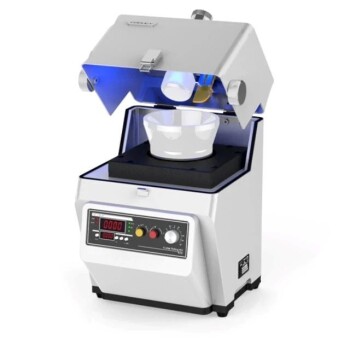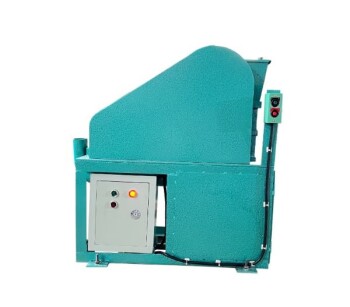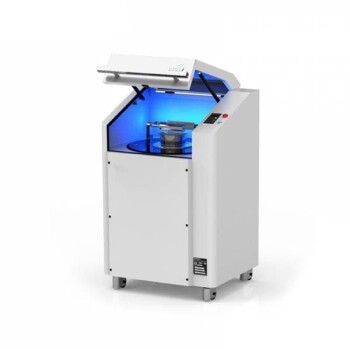Laboratory crushers are essential tools for sample preparation in various industries, including mining, metallurgy, chemical engineering, and research. Our product range includes the Open Mixing Mill for Rubber Crusher, ideal for mixing and dispersing rubber and plastic materials; the Small Jaw Crusher, perfect for efficient and affordable crushing in labs and small mines; the Sealed Jaw Crusher, offering high efficiency and environmental protection; and the Laboratory Sealed Hammer Crusher, designed for efficient sample preparation in coal and metallurgy research.
Toggle Categories
Get Instant Support
Choose your preferred way to connect with our team
-
Get Free Quote Fill out form for detailed pricing
-
Send Email Detailed inquiry support
-
WhatsApp Quick mobile chat
Response Time
Within 8 hours on working days, 24 hours on holidays
laboratory crusher

Vibrating Disc Mill Small Laboratory Grinding Machine
Item Number : KT-JZ

Laboratory Grinding Mill Mortar Grinder for Sample Preparation
Item Number : KT-MG200

Laboratory Micro Tissue Grinding Mill Grinder
Item Number : KT-MT10

Open Type Two Roll Mixing Mill Machine for Rubber Crusher
Item Number : RPM-04

Laboratory Sealed Hammer Crusher for Efficient Sample Preparation
Item Number : KT-PCZ

Sealed Jaw Crusher High Efficiency Environmental Protection Safe and Reliable
Item Number : KT-EPB
Comprehensive Guide to Laboratory Crushers
Laboratory crushers are indispensable in various fields for reducing solid samples like rocks, ores, and polymers into fine powders or dust. These devices are crucial for industries such as mining, metallurgy, chemical engineering, and research, where precise and efficient sample preparation is required.
How Laboratory Crushers Work
The primary mechanism of a laboratory crusher involves a fixed plate and a mechanically operated gyrating plate arranged in a funnel shape. The wider opening at the top allows for easy feeding of materials, while the narrow discharge at the bottom ensures controlled output. The gyrating plate moves in a rocking motion, crushing the samples against the fixed plate and gradually moving them towards the discharge point. This process ensures efficient and uniform particle size reduction.
Key Features of Laboratory Crushers
- High Crushing Ratio: Achieve a crushing ratio of up to 15, ensuring uniform particle size.
- Adjustable Discharge Port: The gasket-type discharge port adjustment device offers a large adjustment range and reliable operation.
- High Efficiency and Low Energy Consumption: Our crushers increase processing capacity by 20-35% and reduce energy consumption by 15-20% compared to conventional models.
- Deep Crushing Cavity: The deep cavity design eliminates dead zones, enhancing feeding capacity and output.
- Durable Hyperboloid Jaws: The use of hyperboloid jaws reduces wear and extends the lifespan of the jaws by 3-4 times, especially for highly abrasive materials.
- Reliable Lubrication System: The safe and reliable lubrication system ensures easy replacement of parts and minimal maintenance.
Applications of Laboratory Crushers
Laboratory crushers are used for a wide range of applications, including:
- Mining: Crushing ores and minerals for analysis and processing.
- Metallurgy: Preparing metal samples for testing and research.
- Chemical Engineering: Reducing polymers and other chemical compounds for further processing.
- Research and Development: Preparing samples for various scientific studies and experiments.
Advantages of Our Laboratory Crushers
- Uniform Particle Size: Ensures consistent results in sample preparation.
- Efficient Operation: High production efficiency with low energy consumption.
- Durable Construction: Designed to withstand the rigors of heavy use with minimal wear.
- Easy Maintenance: Simplified maintenance procedures and easily replaceable parts.
Customizable Solutions
We understand that different applications may require specific configurations. Our team of experts is available to provide customized solutions tailored to your unique needs. Whether you require a specific crushing ratio, discharge size, or material compatibility, we can design a crusher that meets your exact requirements.
Contact Us for More Information
If you have any questions or need further assistance, please feel free to contact us. Our team is ready to provide you with detailed information, technical support, and customized solutions to ensure you get the most out of your laboratory crusher. Let us help you achieve efficient and precise sample preparation with our state-of-the-art laboratory crushers.
FAQ
What Is A Laboratory Crusher Used For?
How Does A Laboratory Crusher Work?
What Are The Main Features Of A Laboratory Jaw Crusher?
What Is The Working Principle Of A Laboratory Jaw Crusher?
What Are The Advantages Of Using A Laboratory Crusher?
REQUEST A QUOTE
Our professional team will reply to you within one business day. Please feel free to contact us!
Related Articles

The Architecture of Control: Why Thermal Stability Defines Electrochemical Precision
Master electrochemical accuracy by understanding the interplay between three-electrode systems and thermal regulation. Eliminate variables to ensure reproducibility.

How Freeze-Drying Cuts Transport Costs by 90% in Critical Logistics
Freeze-drying slashes transport costs by 90% in logistics for space, military, and disaster relief by reducing weight and volume. Learn how it works.

Why Freeze-Drying is Indispensable for Preserving Sensitive Samples
Freeze-drying preserves sensitive samples by sublimation, maintaining molecular integrity and enabling stable, room-temperature storage. Essential for proteins, vaccines, and volatile compounds.

How Freeze-Drying Protects Delicate Biological Structures During Water Removal
Freeze-drying preserves biological samples by removing water without structural damage, ideal for vaccines, enzymes, and microbial cultures. Learn how it works.

How Laboratory Freeze Dryers Outperform Alternatives in Pharma, Food, Biotech & Research
Discover how lab freeze dryers outperform traditional methods in pharma, food, biotech & research—preserving potency, nutrients & integrity.

Development and Principles of Frozen Tissue Crushers
Explore the history, classification, and principles of frozen tissue crushers, including grinding ball selection and how to choose the right crusher.

Application of Ultra-Micro Pulverization Technology in the Food Industry
Explores the benefits and applications of ultra-micro pulverization technology in enhancing food processing and nutrient absorption.

Cryogenic Pulverization Technology and Its Applications
Explores the process, advantages, disadvantages, and applications of cryogenic pulverization in various fields.

Navigating XRD Testing Challenges
Guide on XRD applications, sample preparation, and data analysis.

Rotary Evaporator and Its Application in Traditional Chinese Medicine Refinement
Explores the use of rotary evaporators in the concentration and refinement of traditional Chinese medicine extracts, detailing equipment selection, operation principles, and safety considerations.

Comprehensive Application of Cold Isostatic Pressing Technology
An overview of the wide-ranging applications of cold isostatic pressing technology across various industries.

Isostatic Pressing Technology: Revolutionizing Ceramic Material Densification
Explore how isostatic pressing techniques enhance ceramic properties, achieving 100% theoretical density and eliminating porosity.

Basic Laboratory Centrifuge Equipment
Overview of different types of centrifuges used in laboratories.

Laboratory Sample Preparation and Digestion Equipment
Overview of essential lab equipment for sample preparation and digestion.

Sample Preparation Methods in X-ray Fluorescence and Their Impact on Test Results
Explores the tablet and melting methods in X-ray fluorescence, detailing their advantages, disadvantages, and key considerations.

Sieving technology for particle size analysis and its applications
Introducing screening technology, explaining the working principle of vibrating screens and the advantages of using them for particle size analysis in screening technology. Learn about the types of vibrating screens and how to choose one.

Unlocking the Power of Sieving Machines: Functions, Applications and Maintenance
Discover the significance of sieving machines in various industries and the essential functions they serve. Learn about the the maintenance requirements for optimal performance. Explore the benefits of using sieve shakers for automating the particle separation process.

Key Features of the Micro Tissue Grinder: Usage, Advantages, and Applications
Discover the key features of the Micro Tissue Grinder, including usage instructions, advantages, and application fields. Learn the principles and structure of the Micro Tissue Grinder, and explore its benefits in sample preparation and industrial settings.

Planetary Ball Mills: Research Tools for Efficient Mixing and Nanoscale Grinding
Planetary ball mills are indispensable tools in modern laboratories, serving a crucial role in the mixing, fine grinding, and preparation of small samples. These mills are particularly adept at dispersing nanomaterials and facilitating the development and small-scale production of high-tech materials.

Laboratory Crushers: A Comprehensive Guide to Their Uses and Functionality
Laboratory crushers play a crucial role in scientific research and analysis. These crushers, commonly known as jaw crushers, are indispensable in obtaining accurate and consistent results for sample preparation.


